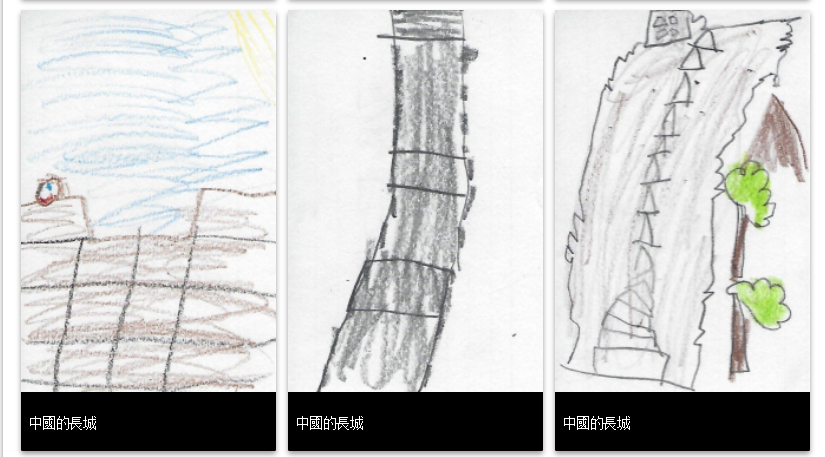Summary
Students are challenged to create a movie trailer for a historical event previously covered during the semester. The project starts with all students voting to decide the eight most important events studied thus far. Working in small, self chosen groups, students select group roles, use Google Docs to collaborate on a historical inquiry into their event, employ artistic license in storytelling, and finally, bring the historical event to the big screen as a movie trailer. The teacher facilitates a balance of in and outside of class time, emphasizing the importance of strong communication and collaboration skills. Students are exposed to video production options (ie, Movie Maker, Adobe Premiere Elements, iMovie, WeVideo and mobile apps), and are encouraged to take risks to stand out from the other movie trailers. On presentation day, the classroom is set up like a movie theatre, complete with popcorn and drinks for students to enjoy while groups present their trailers to the class and a panel of experts. After each trailer is presented, students fill out a short reflection via a Google Form, assigning a “Hollywood” rating for each movie trailer. The teacher compiles the data and shares the results with the class. Finally, students self-reflect on the learning process, and the teacher adds the peer feedback to the project rubric, to formatively assess the student’s entire learning process.
TIPC Ratings
Ideal – Students, using learning from previous units, and understanding of historical inquiry, synthesize information to use in the creation of a movie trailer about a major historical event. Students choose from available digital tools (Google Documents) to interact with the information used for their trailers. The teacher acts as a facilitator, and formatively assesses students research and information fluency throughout the project using the Project Assessment Rubric.
Ideal – The teacher models classroom norms for student communication when collaborating on the project, using student setup Google Documents. The project is purposely timed to create unsupervised student collaboration outside of the classroom, which encourages student groups to self-establish roles (see responsibilities sheet) and norms in collaboration. Student communication and collaboration is formatively assessed throughout with the Project Assessment Rubric. Students reflect on their role as a group member and the collaborative process at the conclusion of the Peer Reflection Google Form.
Target – The teacher is a facilitator for student critical thinking and historical inquiry in the creation of a movie trailer. Students are not given questions to answer in a trailer, rather they must use historical inquiry techniques to determine their action towards the goal to create an engaging summary of real events. Direct instruction for how to use a video editing program is not provided. The teacher facilitates student investigation into several options for video editing, having the student groups choose which to use and then determine how to use it. Throughout the lesson, the teacher formatively assesses the student’s level of problem solving towards the challenge using the lesson Project Assessment Rubric. Students reflect on their problem solving process and make recommendation for program choice at the conclusion of the Peer Reflection Google Form.
Target – The teacher provides options in the creation of a movie trailer by modeling storyboarding strategies, shooting video techniques, video editing options, and completed video sharing methods. This modeling acts to make student aware of options to choose from in the creative process of the project. Students analyze the options that best fit their group and risk tolerance to create original project within and beyond the assignment. The students synthesize historical inquiry and artistic license to produce an engaging, yet accurate movie trailer. The teacher formatively assesses the student’s role in the creative process using the Project Assessment Rubric, and students reflect on their creative process and risk towards innovation at the conclusion of the Peer Reflection Google Form.






